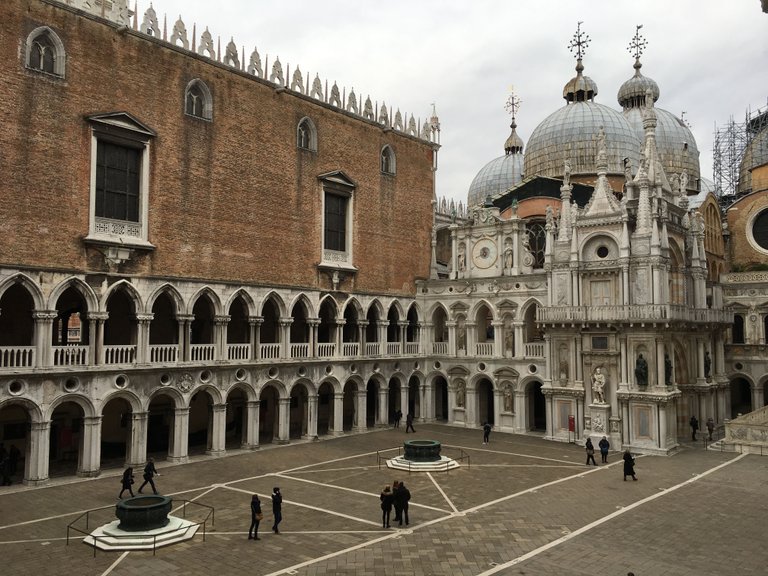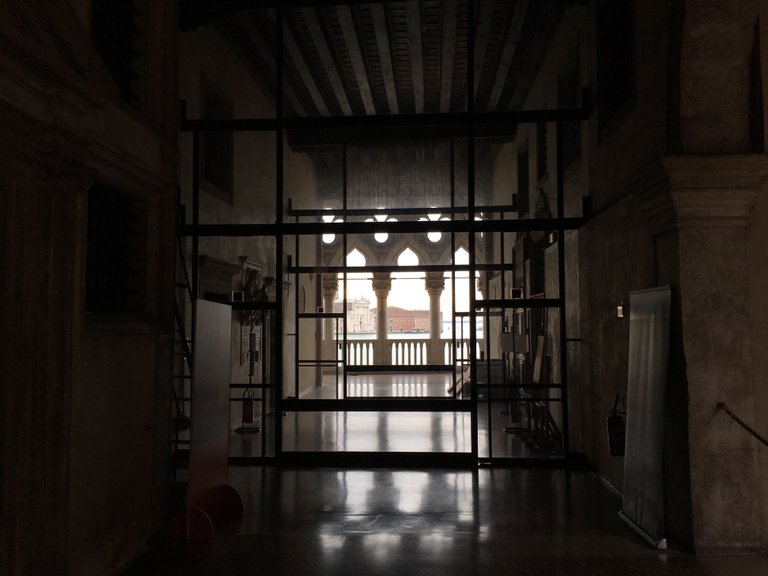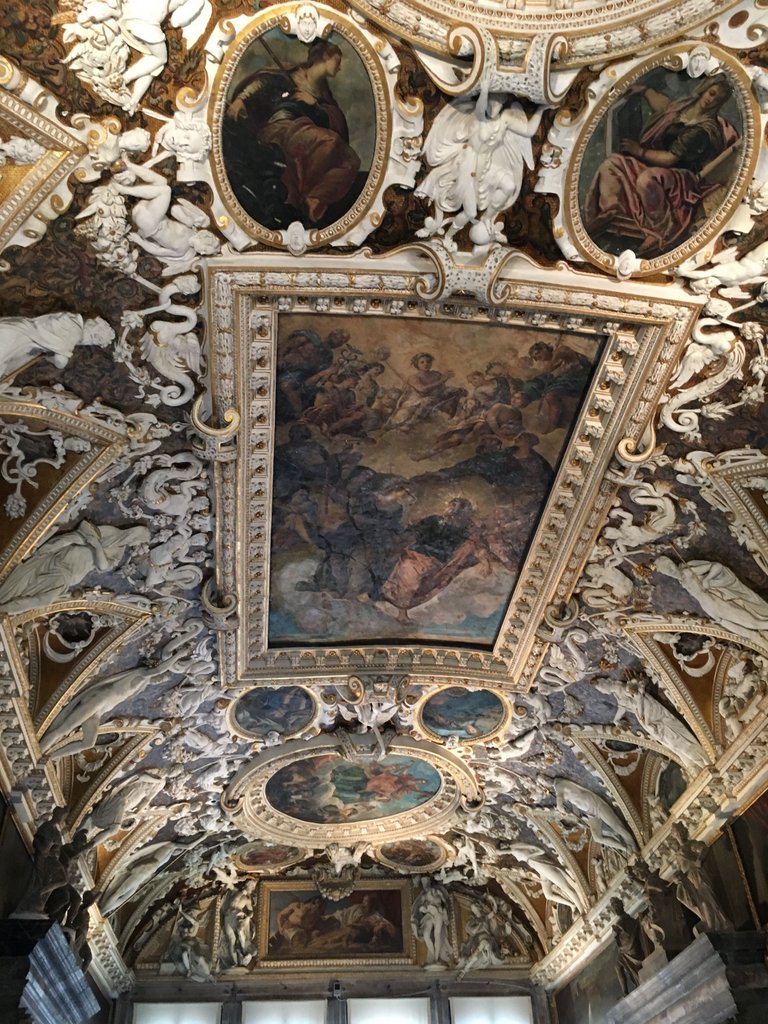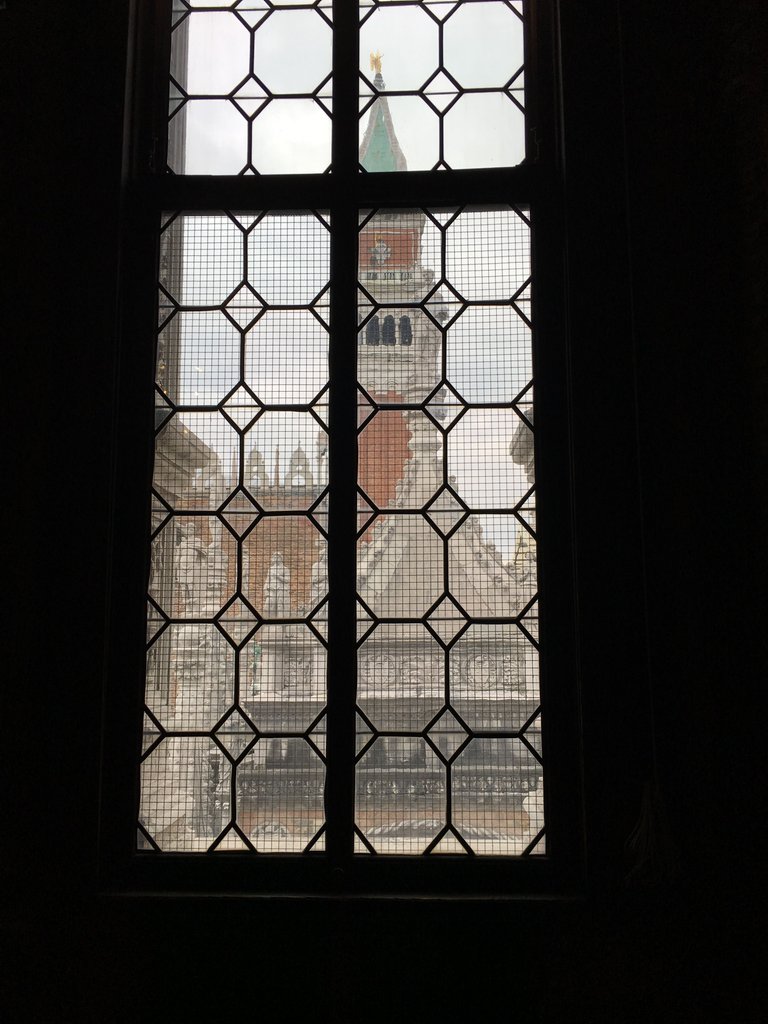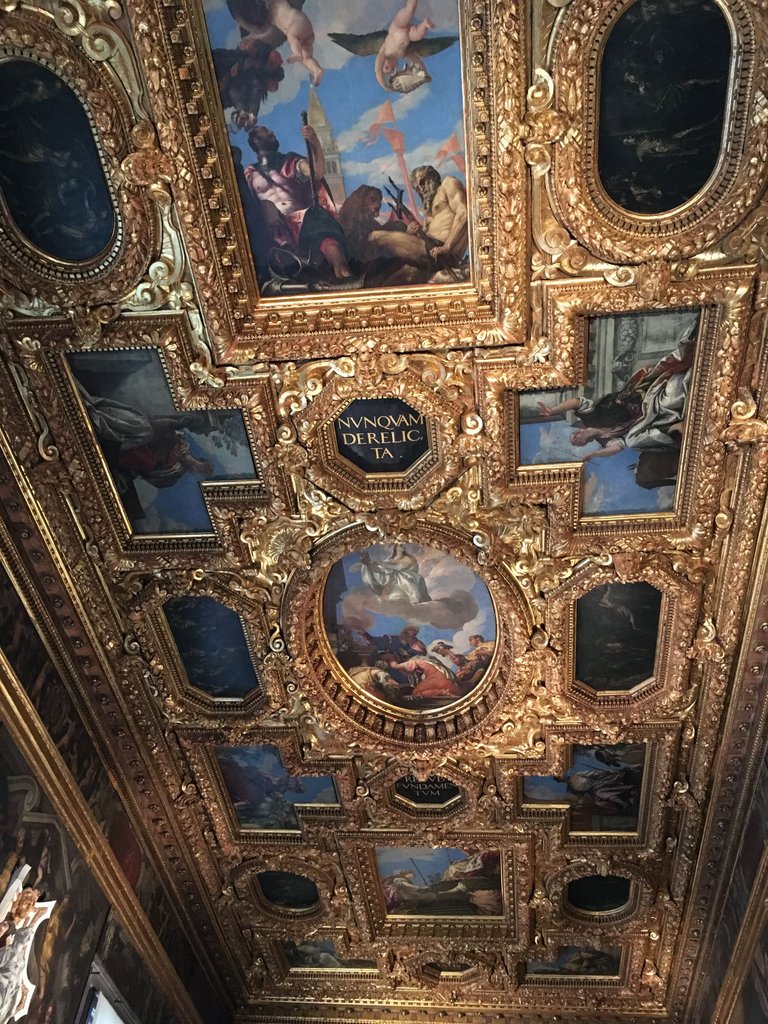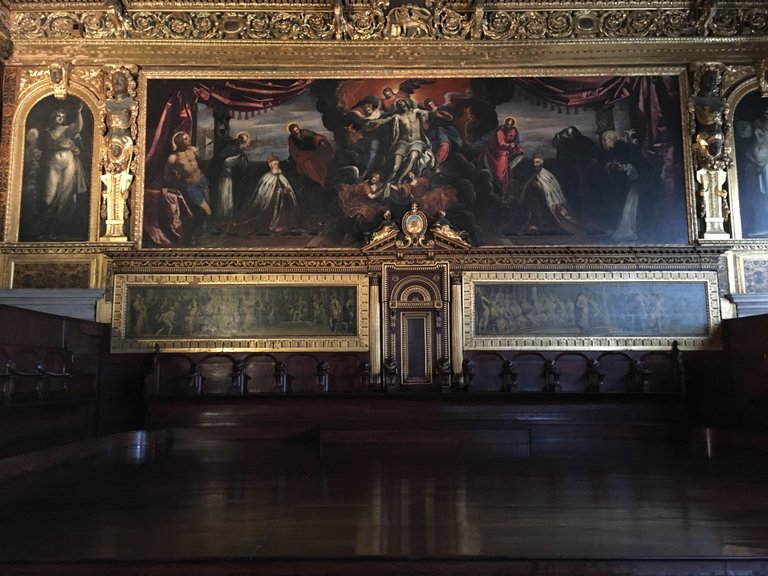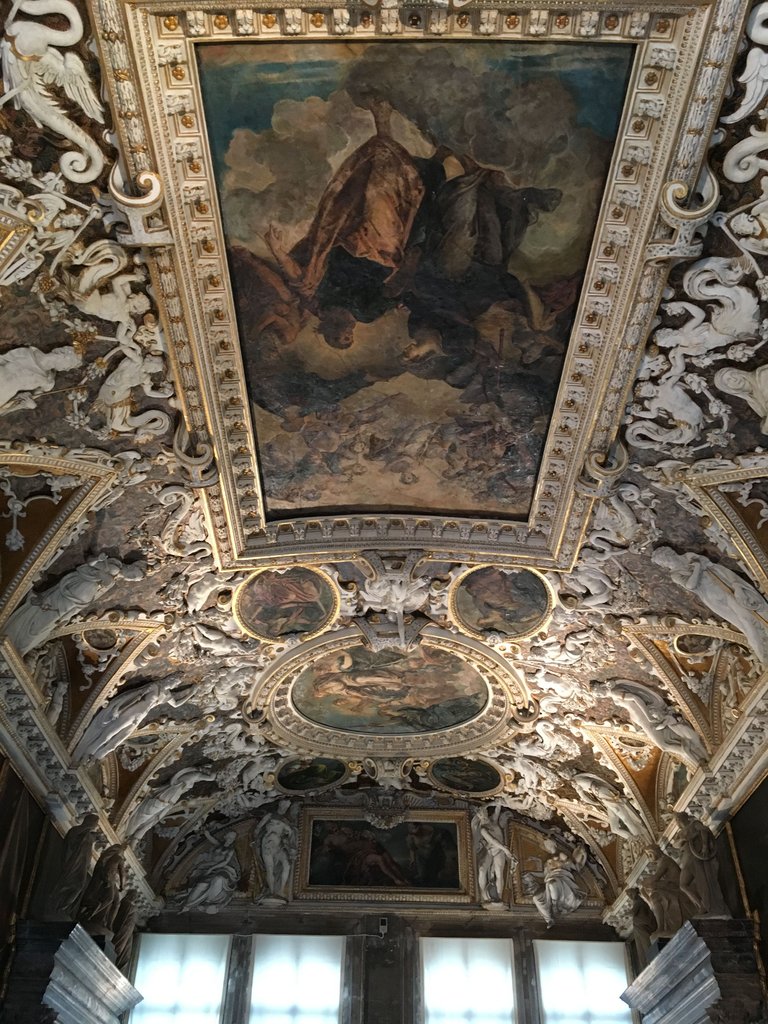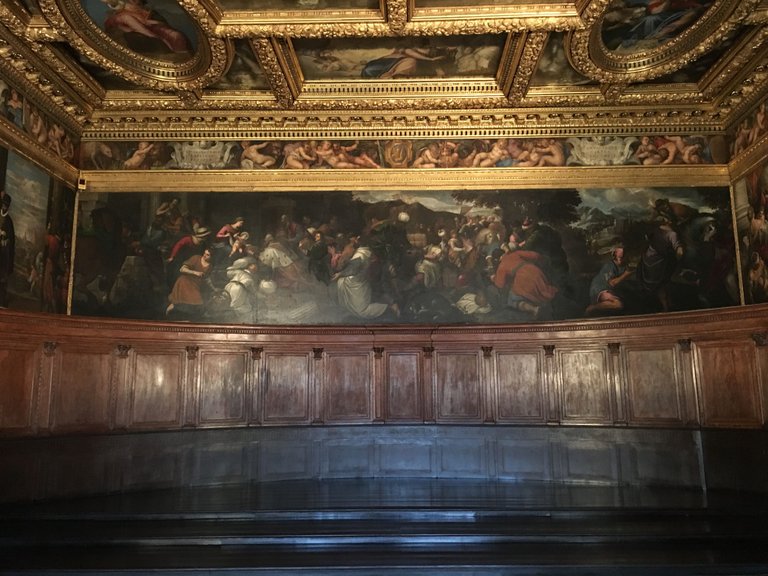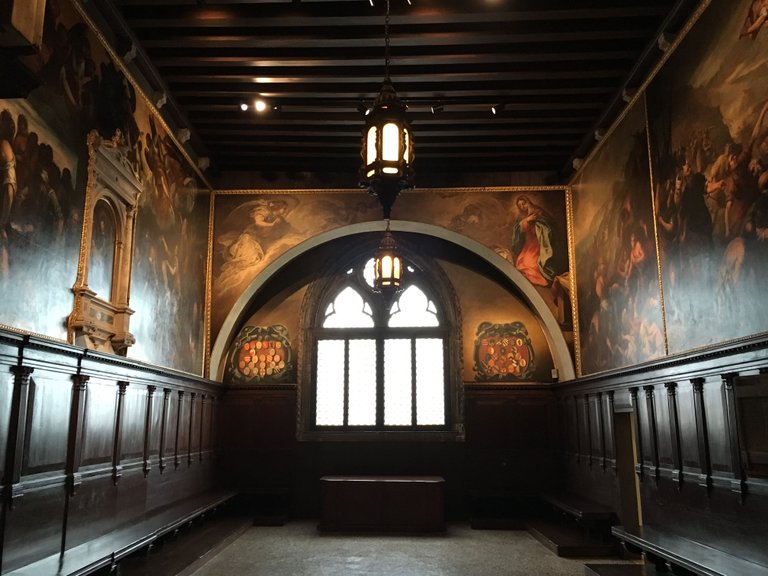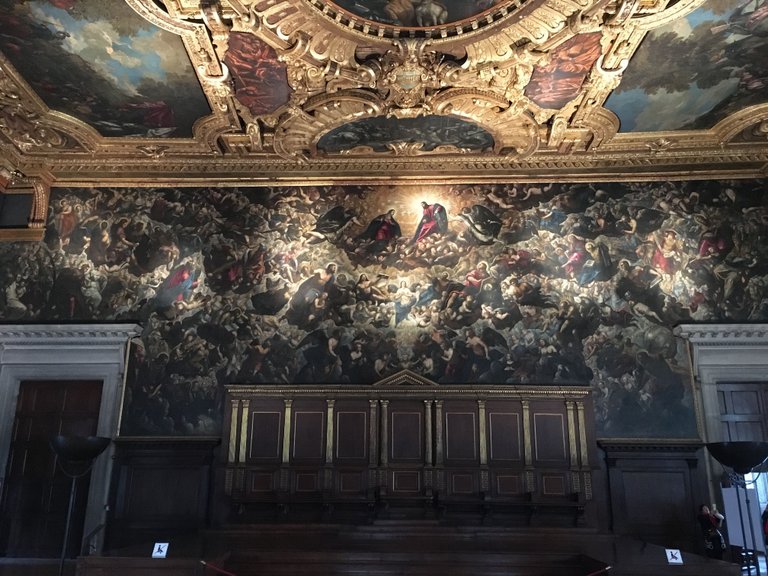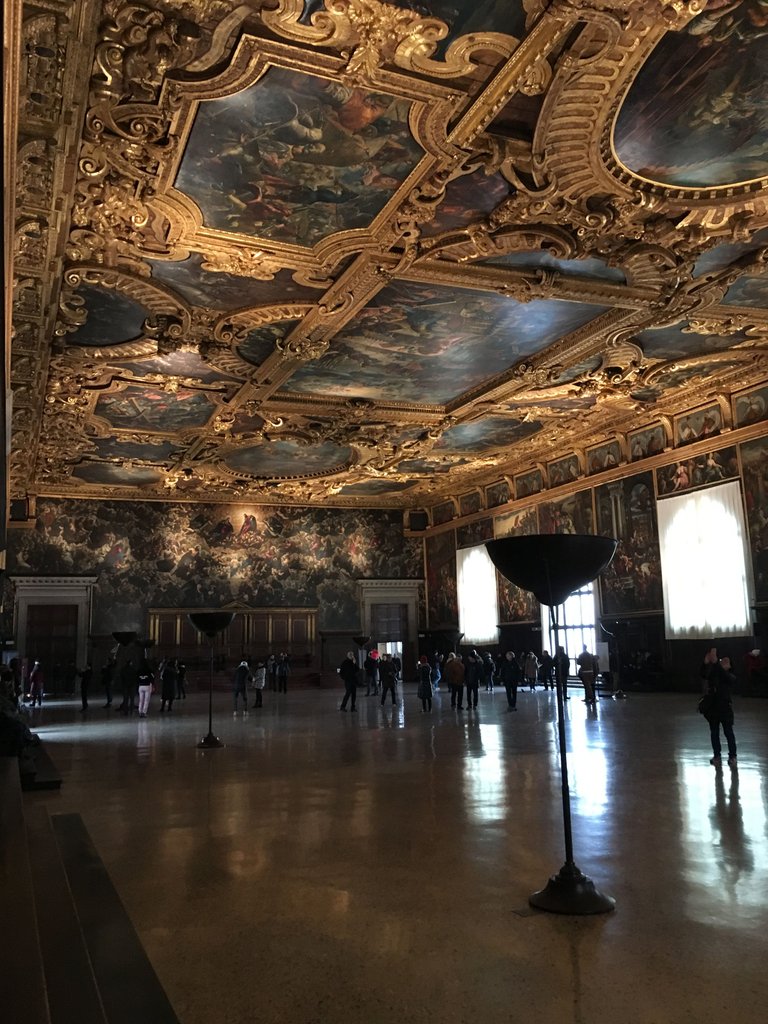Today I spent my Sunday morning visiting Palazzo Ducale in Venice. What a beautiful palace and exhibition! Go see and visit if you are around! :)
Venice is the first city in Italy to host the renowned exhibition of Indian gems and jewels from The Al Thani Collection. Showcasing over 270 pieces, the exhibition will explore five centuries of the jewelled arts made in and inspired by the Indian subcontinent.
Dazzling gems, precious stones and jewels brimming with centuries of history and legend, together with historic and contemporary creations take us on a journey through five centuries of sheer beauty and remarkable craftsmanship charting the glorious tradition of Indian jewellery: from the descendants of Genghis Khan and Tamerlane to the great Maharajas, whose lavish jewellery commissions in the 20th century produced stunning and innovative works from the European jewellery houses. Since antiquity, India has been a land rich in precious stones and home to an extraordinarily refined jewellery tradition. Here, gems and jewels are an integral part of daily wear and lifestyle. South Asia is renowned for the fine quality of the diamonds from Golconda, beautiful Badakhshan spinels – ruby-like in their colour – and the enchanting hues of Kashmir sapphires. The region also received rubies from Ceylon (now Sri Lanka) and Burma, as well as pearls from the Persian Gulf. When the Mughal rulers rose to power in the 16th century, their master jewellers elevated their craft to an incomparable art form in its own right. Promoted by Fondazione Musei Civici di Venezia and presented against a stunning and ethereal backdrop in the Doge’s Palace, Venice, the exhibition Treasures of the Mughals and of the Maharajas – The Al Thani Collection will give the Italian public the first-ever opportunity to admire nearly 300 pieces from the precious collection assembled by His Highness Sheikh Hamad bin Abdullah Al Thani, a member of the Qatari Royal Family. In India, jewellery is about more than embellishment. Every gem has its own meaning that refers to a cosmic purpose, or invokes a favourable horoscope. In popular culture, particular forms of jewellery suggest the rank, caste, region of birth, marital status or wealth of the wearer. Precious metals and gemstones have also been used in the adornment of courtly rooms, as well as in ceremonial dresses, weapons and furnishings. The Venice exhibition is an incredible journey into the universe of Indian jewellery from the 16th century to the present day. The route is marked by the milestones of this art, which has never ceased to amaze and fascinate Western minds, arousing their curiosity with images of jewel-bedecked royals and gods. It is a spectacular trip through five centuries of remarkably refined artistic taste and perfected technique, represented by historic Indian diamonds and legendary jewels. The curators of the exhibition are Amin Jaffer, Senior Curator of The Al Thani Collection, and distinguished Italian scholar of East Asian art Gian Carlo Calza; Gabriella Belli has been appointed academic director. The historical starting point of the exhibition is the court style of the Mughals (1526-1858), the Timurid Dynasty founded by Babur after his conquest of much of Northern India in 1526. The Mughals developed their own style and disseminated it across India from the first years of the dynasty, but it is to the fourth and fifth Mughal emperors that we owe the golden age of patronage, when jewellers crafted marvellous creations that merged exceptional quality gems with both Eastern and Western art and culture. With the Mughal decline, the consequent period of political instability, and the drift into British colonial rule from the mid 18th century, the patronage of great jewellery passed into the hands of rulers of the successor states, be they maharajas, nizams or nawabs. Wealthy and increasingly westernised in their tastes, these rulers sometimes worked closely with the leading European houses, particularly with Cartier. They brought new life into jewellery, setting ancient gems in modern compositions and creating a new design by mixing Indian traditions with Western jewellery culture.
